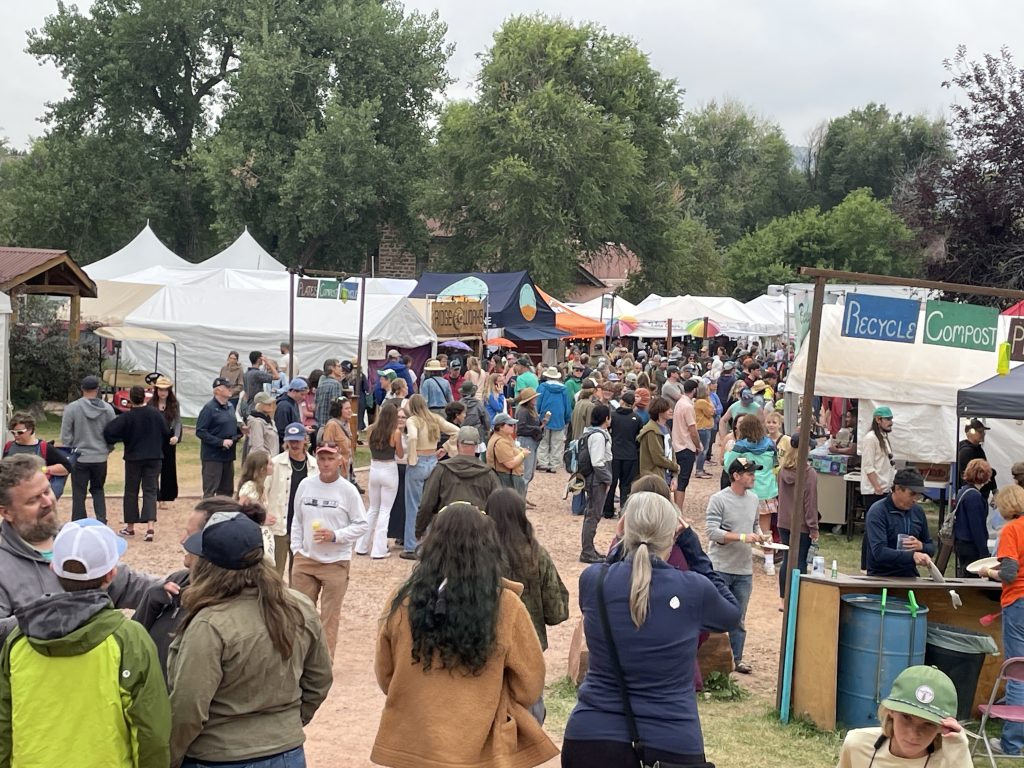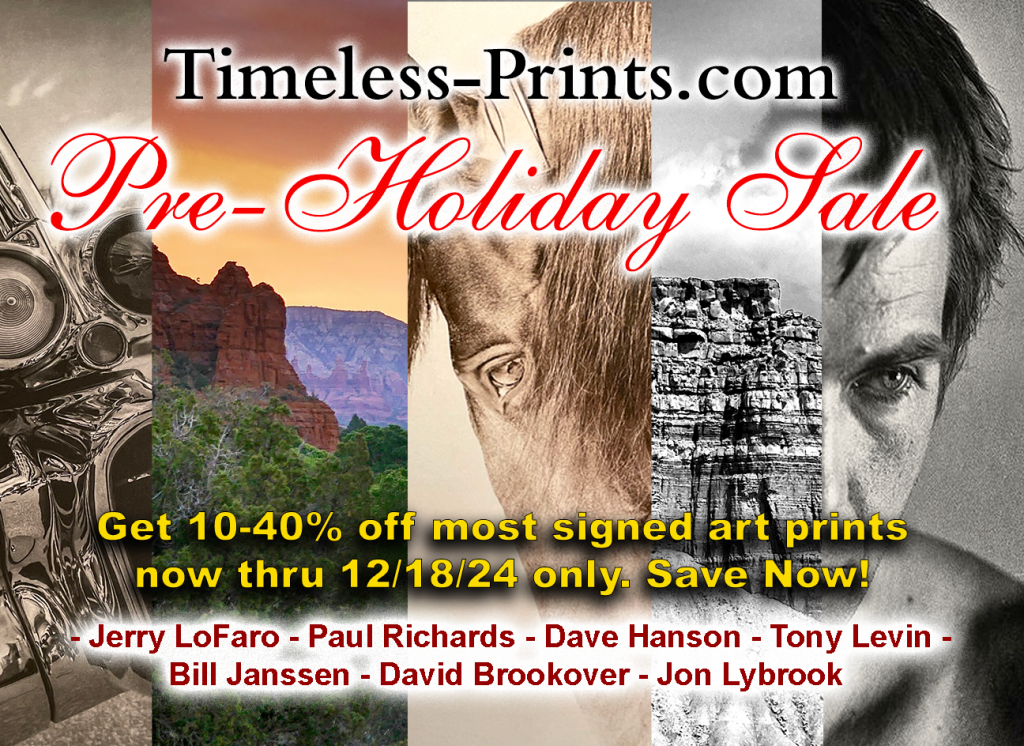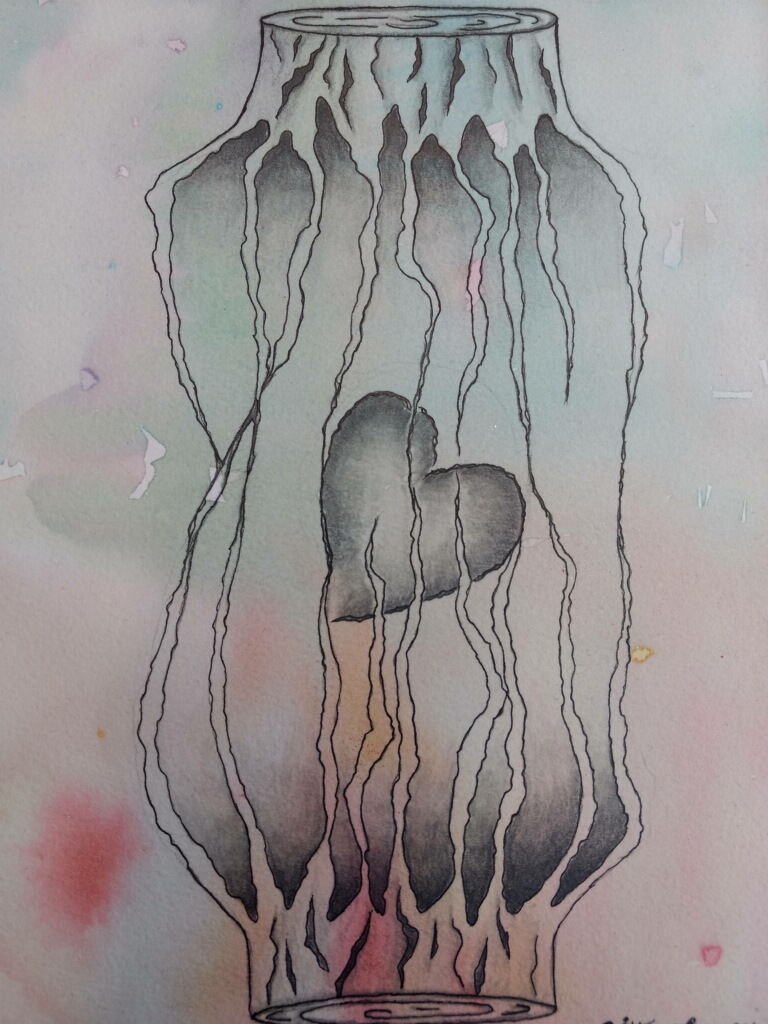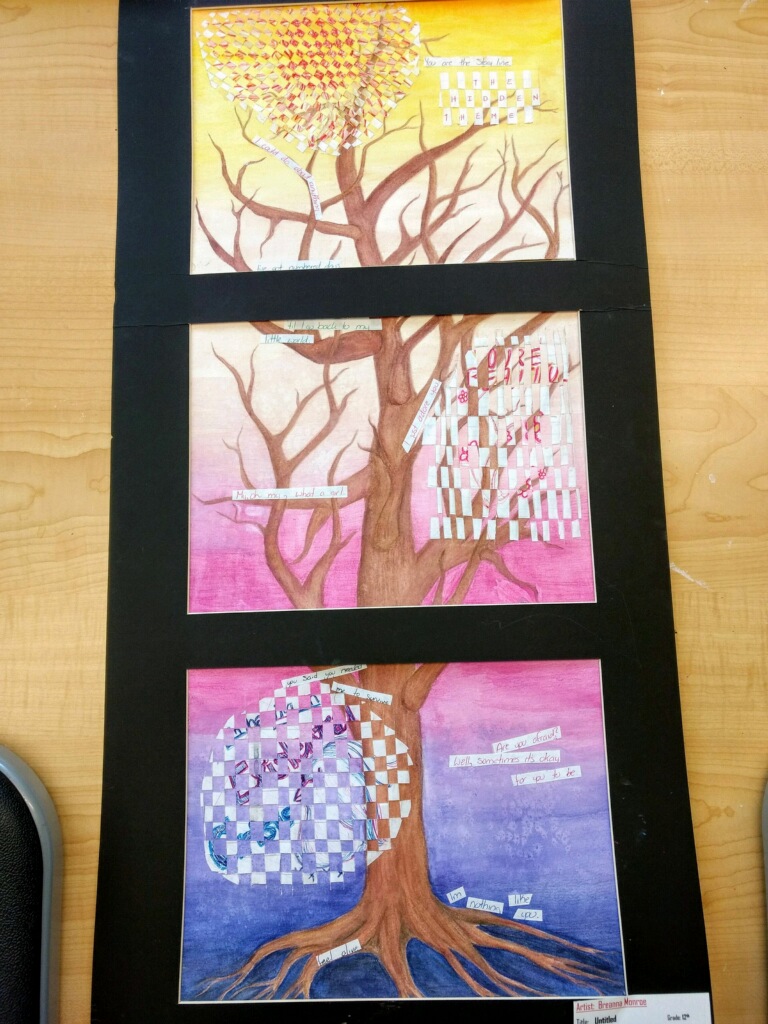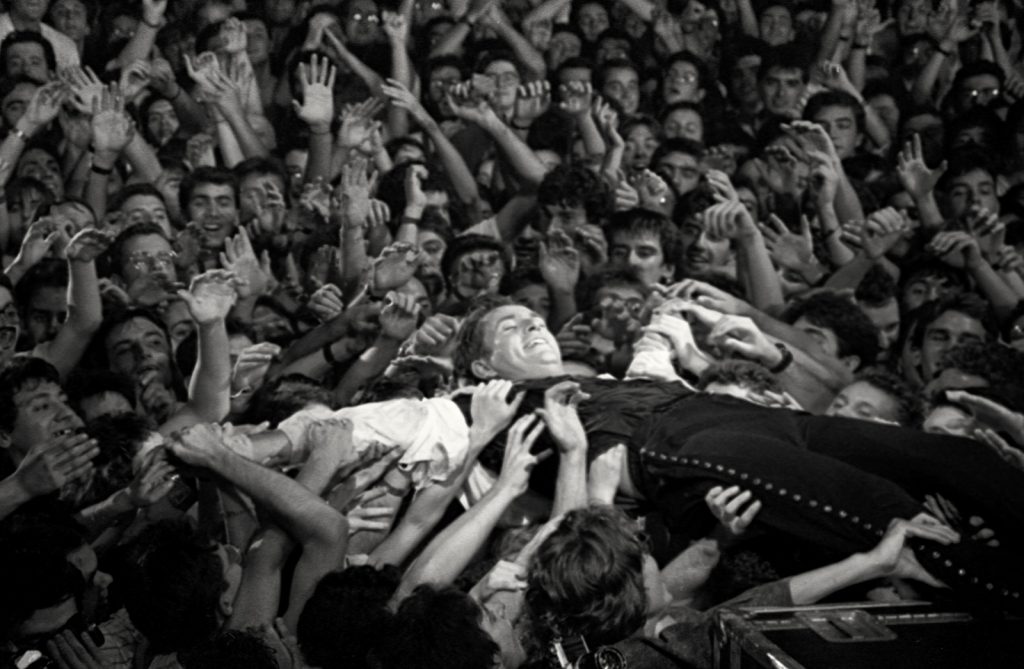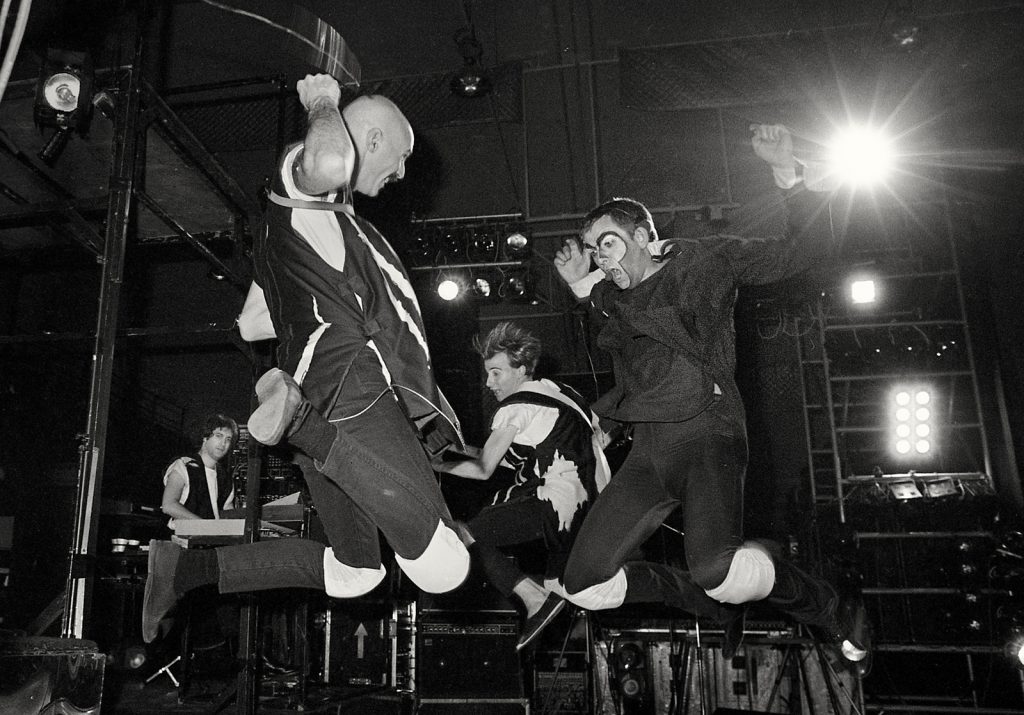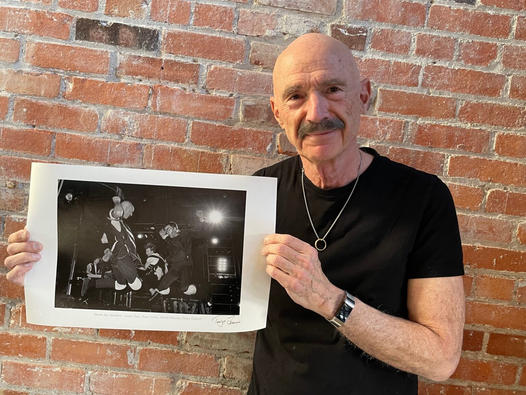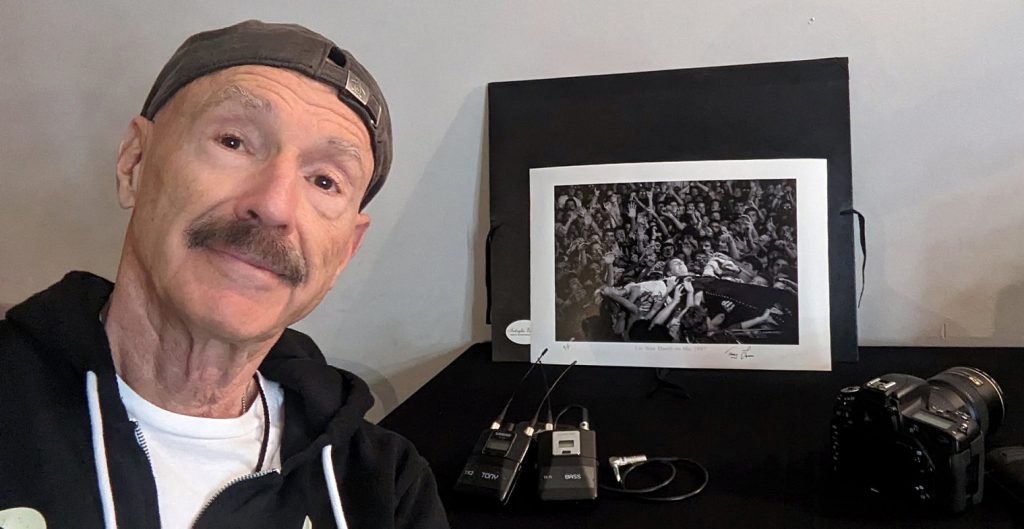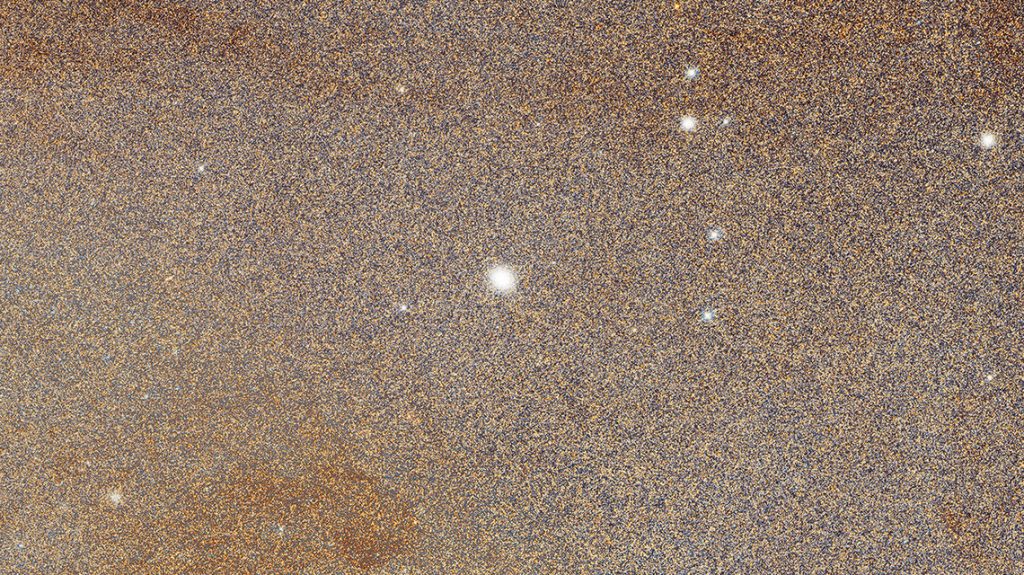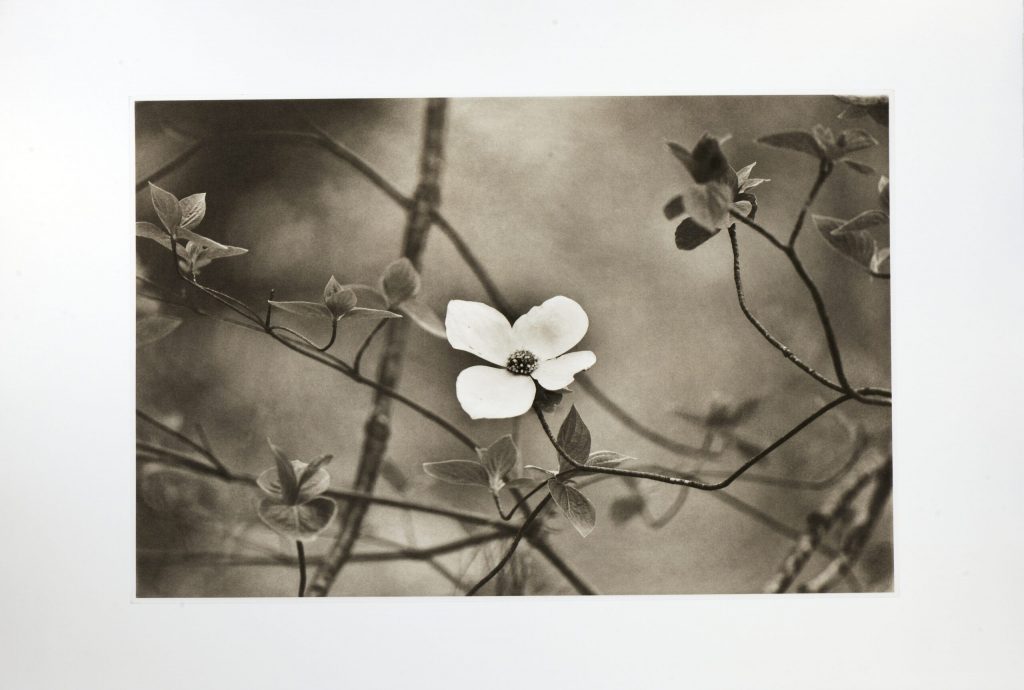— by Jon Lybrook, Lead Printmaker & Owner, Intaglio Editions LLCI used to do alot of summer and holiday art fairs about 10 years ago, but stopped due to the amount of work I was doing with other artists, photographers, and printmakers. That plus internet marketing and consulting work meant there just wasn’t time. We continue to produce custom, high-quality intaglio plates and prints for photographers, printmakers and other small businesses world-wide, but not like we were in the early 2000s. |
| The current state of the economy here in the United States has me considering showing my own work, and that of the artists I contract with, at summer art shows again. If you are a traditional intaglio printmaker like me, perhaps you’ve been considering the same. If you are participating in art fairs already, you know summer is a busy and back-breaking time for many artists who registered for art shows back in April, when most submissions deadlines end. The good news is, you have plenty of time to start preparing for the summer art shows happening in 2026! |
| Researching, preparing, and showing at quality outdoor art festivals can take alot of time, planning, hard work, and money, but if they are effective for you, and you are committed to doing them every year, they are an excellent way to gain a new, growing audience of fans, supporters, and repeat buyers. |
|
Need high-quality, professional art prints to help promote your fine art drawing, painting or photography?Let Intaglio Editions Help Your Art Business Thrive! |
Category Archives: Uncategorized
Artist Interview with Paul Richards – April 2025
Paul Richards, guitarist and co-founder of California Guitar Trio, is also a fine art landscape photographer. In this April, 2025 interview Paul talks with his printmaker, Jon Lybrook, about his new print releases, the upcoming CGT Tour, the trials and challenges of being a working musician while making landscape photographs from around the world.
Important Links:
Pre-Holiday Sale – Get 10-40% off most prints now thru 12/18/24!
Donating Gently Used, Fine Art Supplies to Schools
We used to wonder what to do with by-products of expensive editioning projects, like used backing sheets of fine art paper, and unused inks and paints…
The solution of what to do with them was easier than we thought. Through the help of a friend, we were able to reach out to teachers and donate them to our local schools!
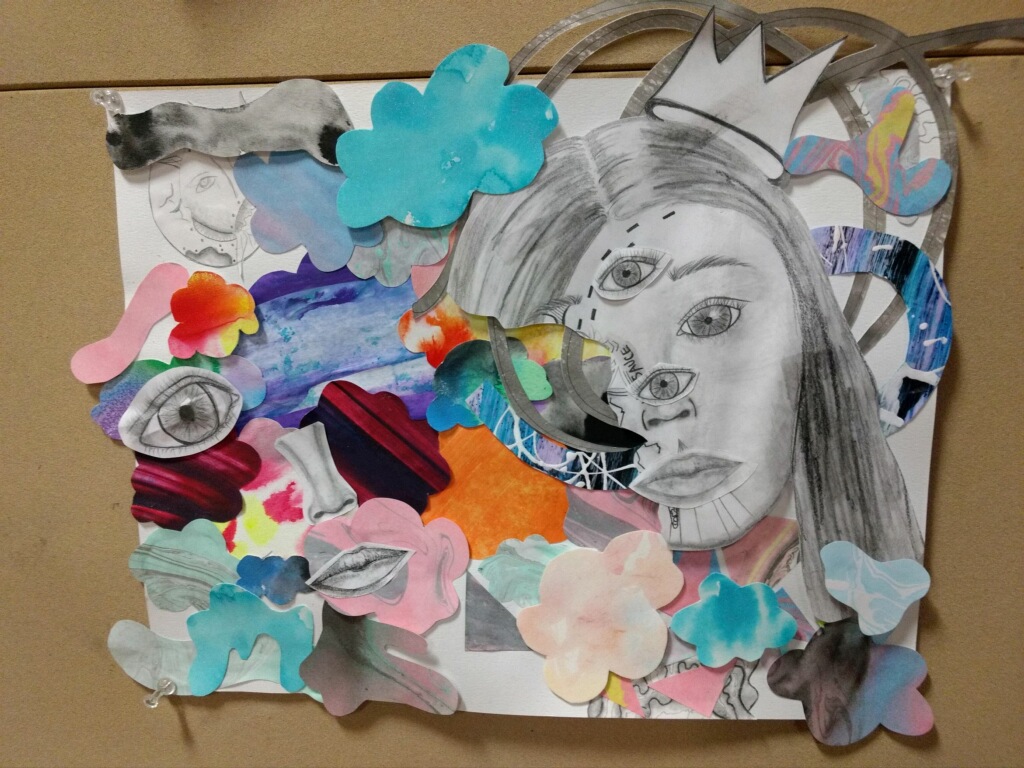 Over the past 5 years Intaglio Editions LLC has donated thousands of dollars worth of gently used Stonehenge 250 gsm, 100% cotton rag paper to classrooms around Colorado. This paper is a something we use as backing sheets when printing photogravure prints. After they have gone through the press a few times, the paper fibers have been pressed down to the point where the paper starts to crack under pressure, so they are no longer usable to us.
Over the past 5 years Intaglio Editions LLC has donated thousands of dollars worth of gently used Stonehenge 250 gsm, 100% cotton rag paper to classrooms around Colorado. This paper is a something we use as backing sheets when printing photogravure prints. After they have gone through the press a few times, the paper fibers have been pressed down to the point where the paper starts to crack under pressure, so they are no longer usable to us.
Our annual donation of quality art paper gives students the opportunity to work with professional art materials, often for the first time. Colorado schools benefiting include: Mapleton Expeditionary School of the Arts (MESA) (public high school grades 9-12), Mapleton Public Schools #1. Thanks to art teacher Erica Wernsmann-Loppnow (Mapleton/MESA), and Silverthorn Elementary teacher Katie Irvin for sharing their stories and student’s exceptional artwork, below.
Do you have surplus paper or fine art materials to donate to art students in Colorado? Please contact them directly using the links above, or let us know!
“[We teach] a mix of student work, ink, gelli print, paper weaving, watercolor, pencil. We really try it all and encourage experimentation and complexity and pushing the capabilities of materials.” – Erica Wensmann-Loppnow
“The paper you have given us is so lovely. I really does elevate their work it’s a great opportunity to talk to kids about reusing as well as quality of paper and what we use it for”
– Katy Irvin, Art Teacher, Silverthorne Elementary School, Summit, CO.
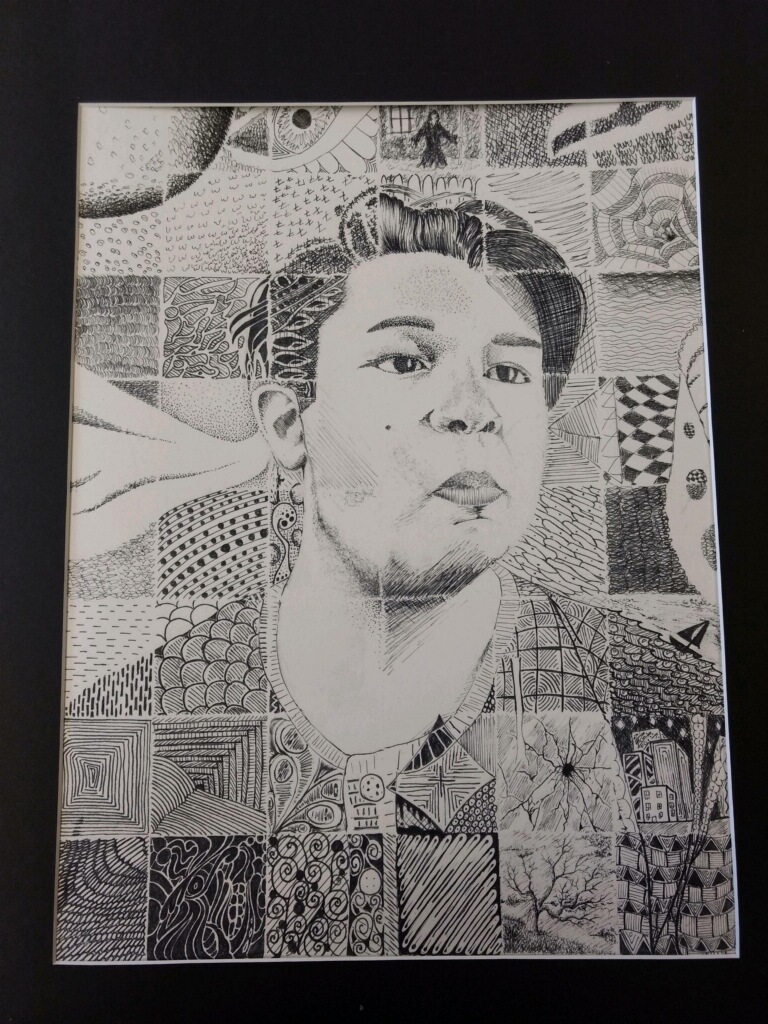 “[From the paper donations] we use every piece, nothing is wasted. And kids definitely feel the difference using high quality paper.” – Erica Wensmann-Loppnow
“[From the paper donations] we use every piece, nothing is wasted. And kids definitely feel the difference using high quality paper.” – Erica Wensmann-Loppnow
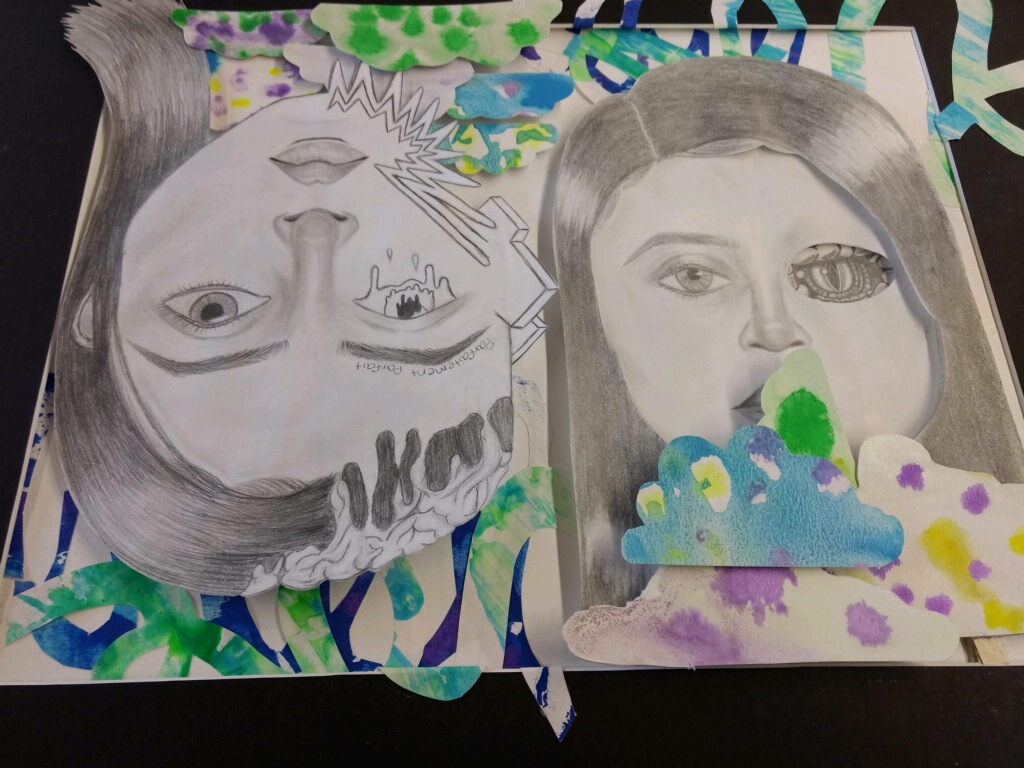 Have quality art supplies to donate as well? Contact your local elementary school or contact the school board to ask about what donations are needed in your area. New or gently used art paper, canvas, and non-toxic paints are usually welcomed.
Have quality art supplies to donate as well? Contact your local elementary school or contact the school board to ask about what donations are needed in your area. New or gently used art paper, canvas, and non-toxic paints are usually welcomed.
What is an Open Edition vs. Limited Edition in Fine Art Prints?
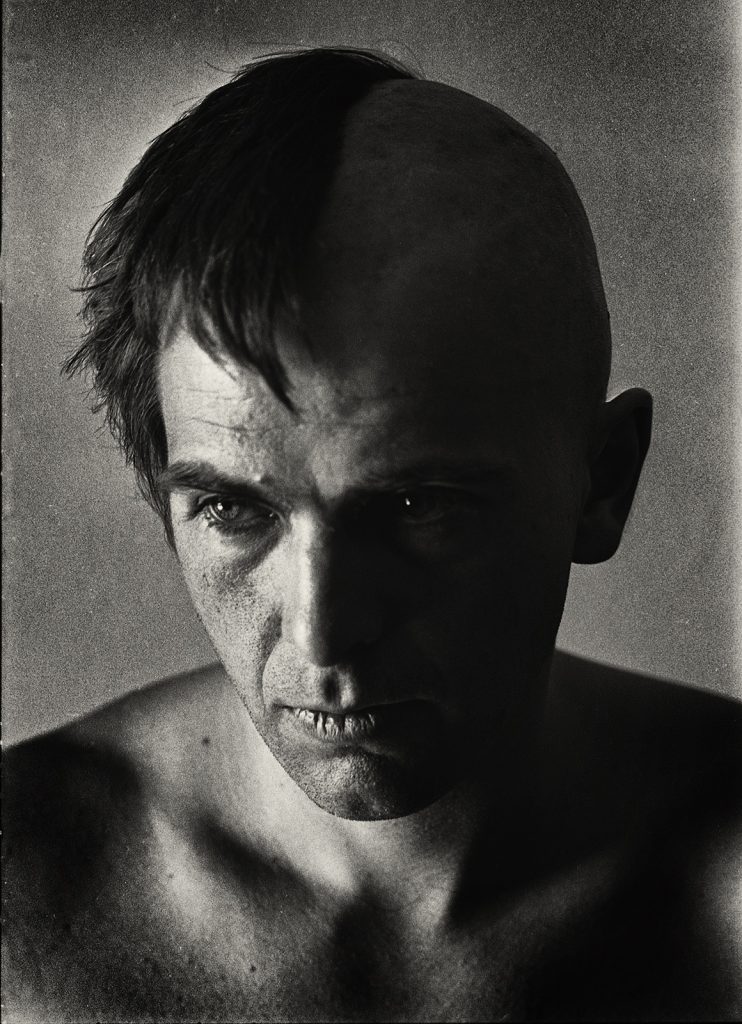
Artist Tony Levin on his music and photography
Excellent interview with Tony Levin, hot off the road from his recent Stick Men tour, and getting ready to embark on a month of touring Europe and England with Peter Gabriel. At 1:07 he discusses his vintage photographs of Peter Gabriel, which are now available as heavy-weight inkjet prints at https://TonyLevinPrints.com
Modern Musicology’s YouTube Channel: https://www.youtube.com/channel/UCk-MlcGy5u3fK1j4bVty1Kw
Find more about Modern Musicology team members:
Rob Levy: https://kdhx.org/shows/show/juxtaposition
Stephanie Seymour: www.therearebirds.com
R. Alan Siler: www.kozmiccreative.com
Anthony Williams: https://watchers4d.podbean.com/
King Crimson Photogravure prints by Tony Levin featured at Haggin Museum exhibition
The legendary Tony Levin shows his limited edition King Crimson intaglio print collection at the Haggin Museum on Feb. 16, 2023. Learn More about this high-quality print collection here:
https://timeless-prints.com/tony-levin-king-crimson-fine-art-prints/
How all Photogravure Prints are made up of Stardust (and inkjet prints too)
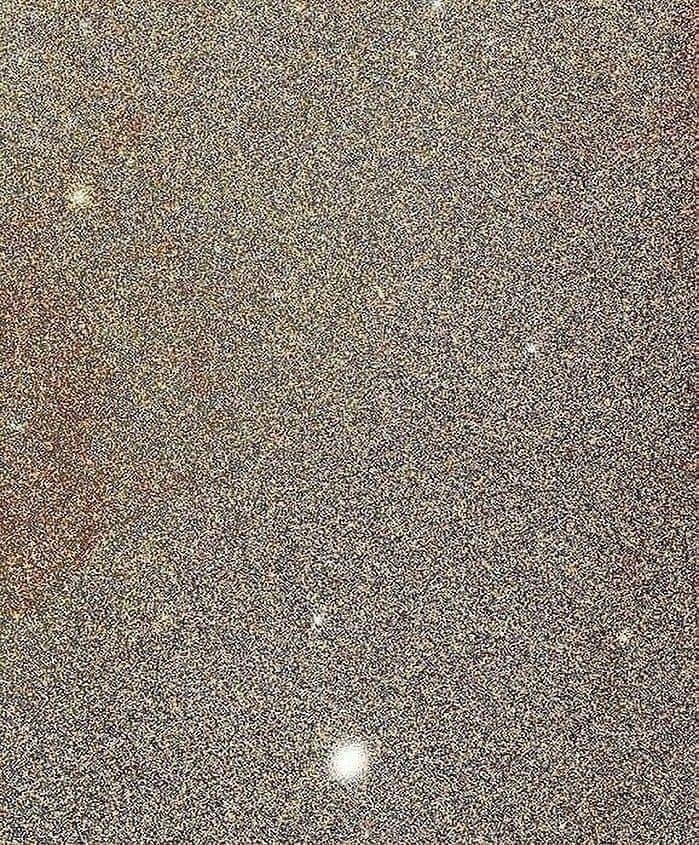 |
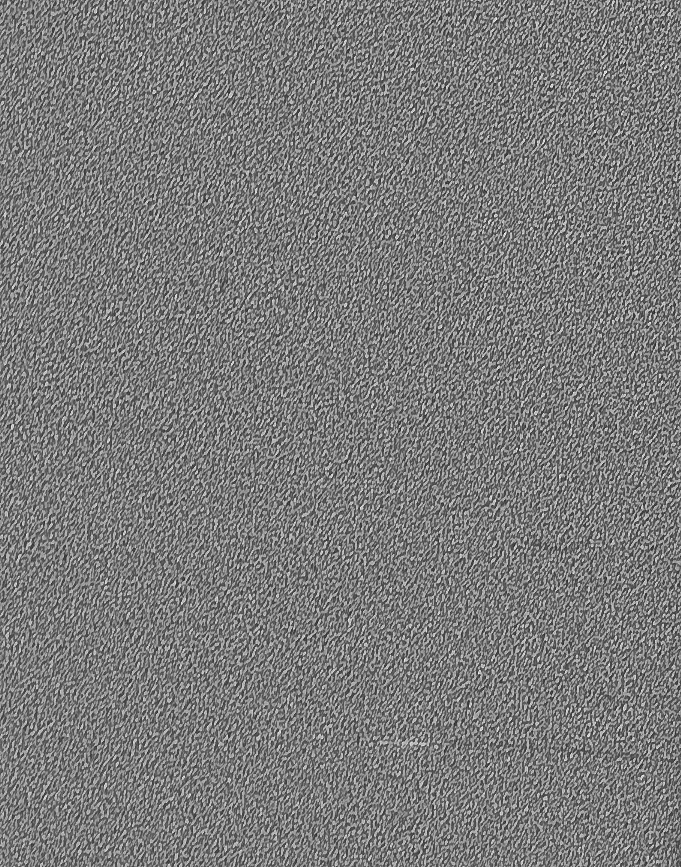 |
Left: Detail of the Andromeda Galaxy taken by Hubble. Credit: NASA, ESA, J. Dalcanton, B.F. Williams, and L.C. Johnson (University of Washington), the PHAT team, and R. Gendler
Right: Early prototype of Intaglio Editions’ custom aquatint screen scanned from an 1800 dpi stochastic pattern printed on film by an imagesetter.
Essentially any kind of repeating dot pattern will hold ink, but there is something satisfying about these random dots, which are so fine, that under close inspection, you can’t see dots, so much as tones.
Stochastic patterns can be found in nature, and as a byproduct of man-made technology, such as analog reception static in a TV monitor, or even in computer encryption.
Print to benefit Ukrainian relief
Interview with Jon Lybrook of Intaglio Editions
Check out this in-depth article about Intaglio Editions’ Jon Lybrook from ShoutOut Colorado:
https://shoutoutcolorado.com/meet-jon-lybrook-owner-and-lead-printmaker-intaglio-editions-llc/

